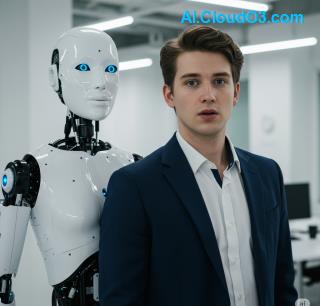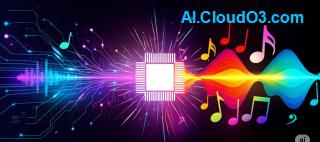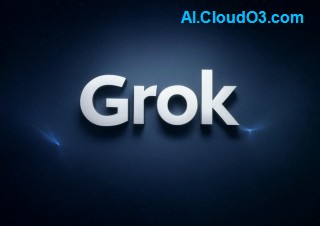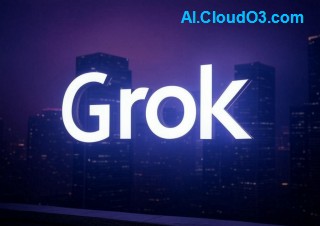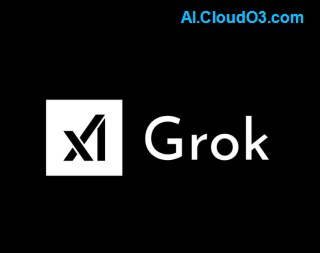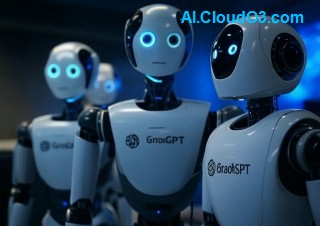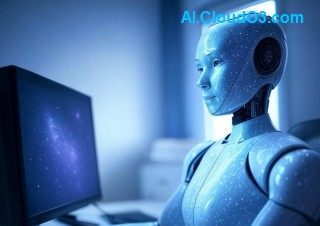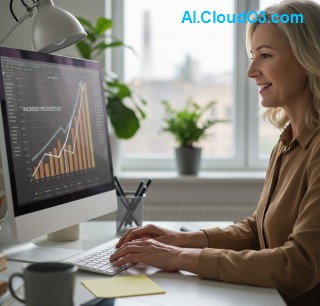In the ever-evolving landscape of technology, artificial intelligence (AI) has made remarkable strides, not only in technical fields but also in the realm of creativity. From generating music to painting masterpieces, AI is challenging the very definition of artistry. But can machines truly become artists, or are they merely sophisticated tools mimicking human creativity? Using the AIDA model (Attention, Interest, Desire, Action), this article delves into the potential, limitations, and ethical implications of AI in the creative arts.
Attention: The Rise of AI-Generated Art
Imagine a painting sold for $432,500 at a prestigious auction house like Christie's. Now, imagine that the artist behind this work is not a human but an AI algorithm. This happened in 2018 with the artwork "Portrait of Edmond de Belamy," created by the Paris-based collective Obvious using a Generative Adversarial Network (GAN). This groundbreaking event captured global attention, raising the question: Can a machine possess the soul of an artist?
Interest: How AI Creates Art
AI systems like DALL-E, MidJourney, and Stable Diffusion have revolutionized the creative process by generating stunning visuals from simple text prompts. These systems are trained on vast datasets of human-made art, learning patterns, styles, and techniques. Similarly, AI in music, such as OpenAI's MuseNet, can compose symphonies in the style of Mozart or modern pop hits.
| AI Tool |
Creative Domain |
Notable Feature |
| DALL-E 2 |
Visual Art |
Generates images from text prompts |
| MidJourney |
Visual Art |
Creates highly detailed and imaginative artwork |
| MuseNet |
Music |
Composes music across various genres |
These tools demonstrate that AI can replicate and even innovate within artistic domains. However, the question remains: Is this creativity, or is it just complex pattern recognition?
Desire: The Potential and Limitations of AI as an Artist
The potential of AI in creativity is immense. It democratizes art by allowing anyone, regardless of skill, to create visually stunning pieces or compose music. According to a 2023 report by Statista, the global AI art market is projected to grow at a CAGR of 35.6% from 2023 to 2030, reflecting the increasing acceptance and demand for AI-generated content.
Yet, limitations persist. AI lacks emotional depth and personal experience, which are often the core of human artistry. As Dr. Margaret Boden, a renowned cognitive scientist, states in her book Artificial Intelligence and Natural Man, "Creativity is not just about novelty; it’s about value and meaning, something machines cannot fully grasp."
| Aspect |
Human Artists |
AI Artists |
| Emotional Depth |
Driven by personal experiences and emotions |
Lacks personal emotion; relies on data |
| Originality |
Can create entirely new concepts |
Often remixes existing styles and patterns |
| Cultural Context |
Deeply understands cultural nuances |
May misinterpret or lack context |
Moreover, ethical concerns arise. Who owns AI-generated art? Is it the programmer, the user, or the AI itself? Legal battles over copyright, such as the 2023 case involving Stability AI and Getty Images, highlight the murky waters of intellectual property in this domain (Reuters).
Action: Embracing AI as a Creative Partner
Rather than viewing AI as a replacement for human artists, we should embrace it as a collaborative tool. Artists like Mario Klingemann, known as Quasimondo, use AI to push the boundaries of their work, blending human intuition with machine precision. Educational institutions and creative industries must also adapt by integrating AI literacy into their curricula and workflows.
As we stand at the crossroads of technology and art, the question isn’t whether machines can become artists but how we can redefine creativity in the age of AI. Let’s engage in this dialogue. Share your thoughts in the comments below, or explore AI art tools to experience this revolution firsthand.
Conclusion
AI has undeniably transformed the creative landscape, offering tools that mimic and sometimes surpass human capabilities in art, music, and beyond. However, true artistry involves emotion, intent, and cultural context—qualities that machines cannot replicate. By viewing AI as a partner rather than a competitor, we can unlock new dimensions of creativity. The future of art isn’t about machines replacing humans; it’s about humans and machines creating together. What do you think—can a machine ever truly be an artist?
